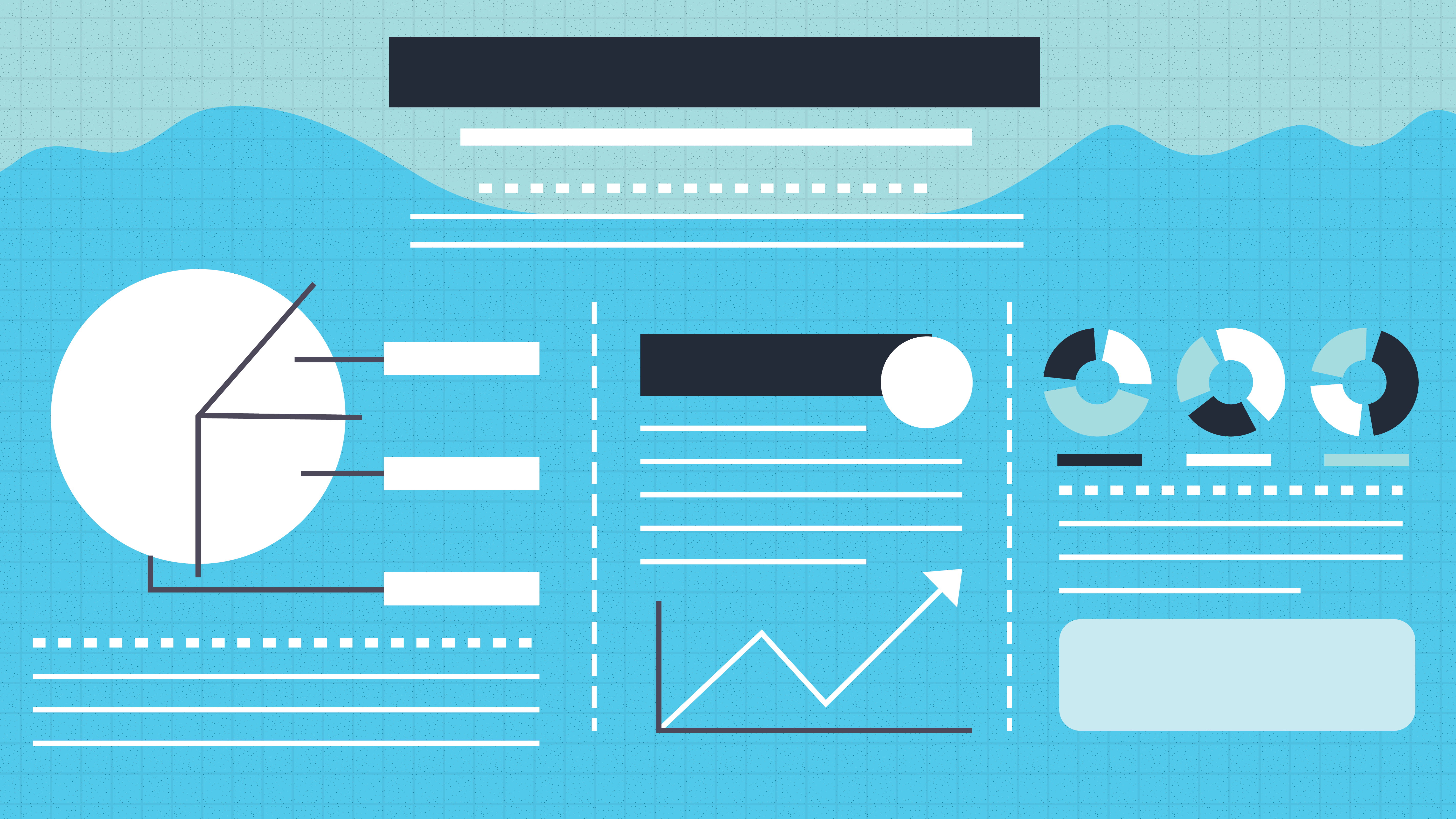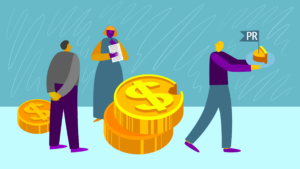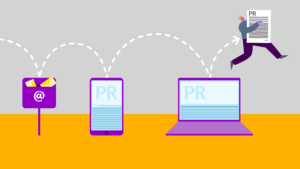The Ideal Infographic: How to Convey Your Message While Attracting Clients (PART1)
The advent of infographics has provided marketers a medium that is visually appealing as well as educational. Infographics utilize visual data, charts, and statistics in a layout that consumers can easily understand. They help turn complicated or boring data into an engaging and easy-to-understand format. The key to creating an ideal infographic lies within its design. Here are a few important factors to keep in mind when creating infographics:
Infographics are a visual marketing tool that helps tell your customers a story. However, not all infographics are created equally. Read below to find out how you can create an infographic that is share-worthy and will captivate your target audience.
1 – Outline the Story You Want to Tell
Prior to the design stage you must decide what story your infographic is going to tell. Analyze your data to help decide the narrative you want to share. Make sure your story is focused as this will help you to select a layout that accommodates the info being shared.
Once you have extracted the data you’d like to share, it’s time to create an infographic outline. Your outline should include details such headers, data, written information points, and design details.
2 – Decide Which Layout Works Best
After you have completed your outline you can decide on what design layout will best showcase your data. The 8 most popular layouts include:
- Visual
- List-Based
- Geographical or Maps
- Comparison
- Statistical
- Process
- Hierarchical
- Flowchart
For a complete breakdown of each design style be sure to check back for the release of The Ideal Infographic (Part 2): How to Select the Right Infographic Design for Your Data!
3 – Be Bold with Your Words
When writing headlines and subheaders select vocabulary words that you know will catch your audiences’ attention. While sparking intrigue, the language should also be straightforward and to the point. Keep your written content thought-provoking and useful.
Select fonts that are legible and chic. A maximum of three fonts should be used to keep cohesion.
4 – Add Icons and Animation
To ensure your infographic stands out against stark social media backgrounds consider replacing traditional elements with icons. For example, if your topic is a cocktail recipe, instead of numbering or bulleting the ingredients, replace them with icons that represent each individual item.
Icons can also be added to simply spruce up a section.
Another way to easily add dimension to your infographic is with animation. Animation can be used symbolically like in the cocktail icon example above or to add an additional fun element to your infographic.
5 – Intrigue Your Audience by Going Interactive
What better way to get your audience engaged than by going interactive? Interactive infographics allow users to interact with your design. Allow your audience to uncover information on their own by clicking, scrolling, unfolding, and zooming throughout your design. The interactive element will help increase engagement and encourage users to share your infographic with others.
by Isaiah Bradford








